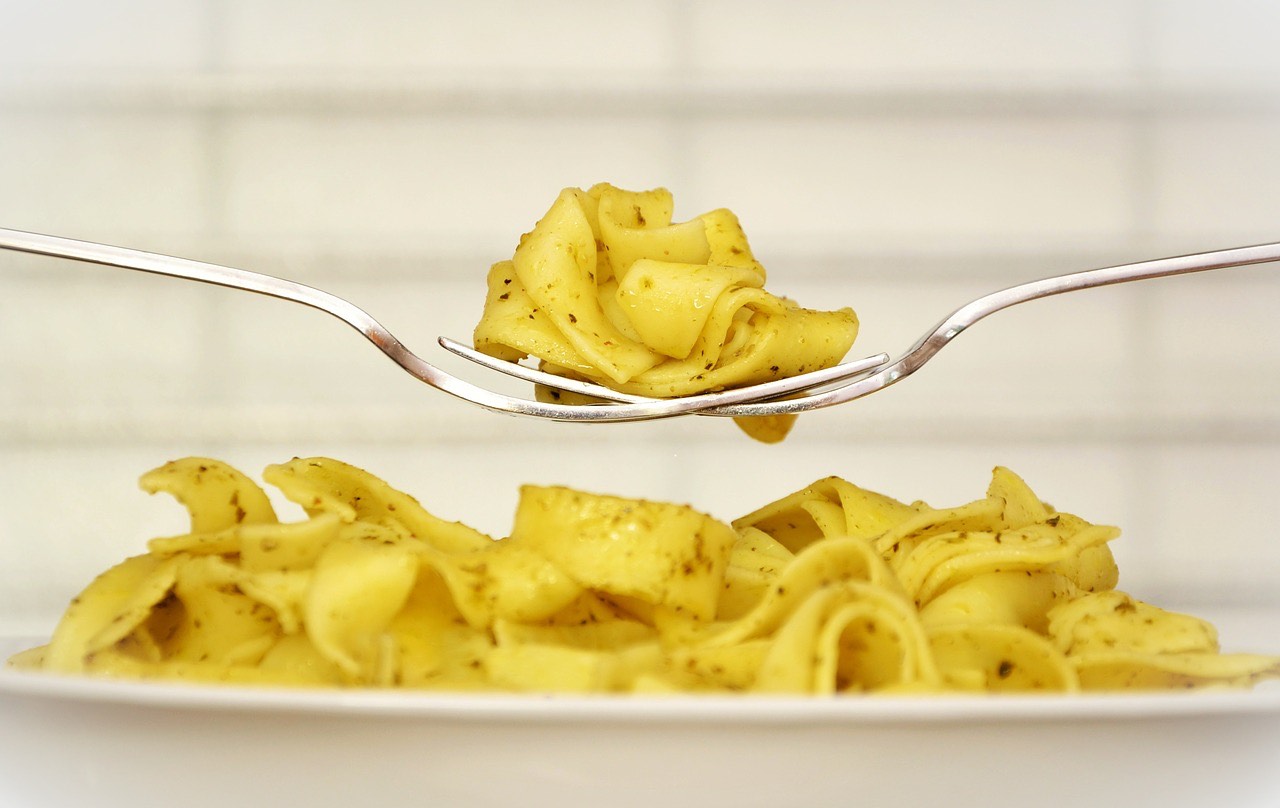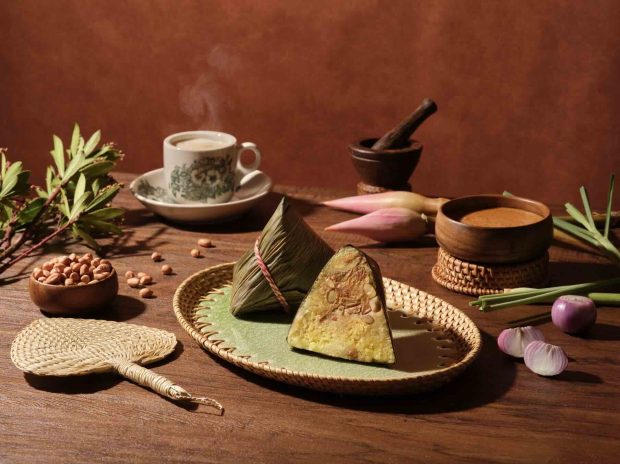When it comes to global cuisine you get different flavors from different regions. However, among all, Asian and Italian cuisine reflects an entirely different flavor. If you are a foodie, you won’t judge the region before eating.
From cultural richness to vibrant flavor, each of these regions possesses a significant mark of its own. The best part is that you will be able to recognize that you are eating or smelling two completely different types of food.
However, this difference enhances the power of enthusiasm among people. For instance, if you are visiting the best Italian restaurant in Singapore, you would like to taste authentic Italian food, and the craze in you will be at the top level.
This is why understanding the differences and appreciating each taste based on their regional characteristics will help you get more interested in trying new cuisines.
Flavor Profiles and Ingredients
Asian Cuisine
Asian cuisine encompasses a wide range of flavors, often characterized by a balance of sweet, sour, salty, and spicy elements. Ingredients like soy sauce, fish sauce, hoisin sauce, and various spices and herbs create complex flavor profiles.
Staple Ingredients: Common ingredients include soy sauce, ginger, garlic, lemongrass, rice vinegar, and an array of fresh herbs like cilantro and basil.
Flavor Balancing: Dishes often aim for a harmonious blend of flavors, such as the sweet and sour balance found in Thai cuisine or the spicy heat of Sichuan dishes.
Italian Cuisine
Italian cuisine is known for its emphasis on fresh, high-quality ingredients and straightforward flavors. It relies heavily on the natural tastes of ingredients rather than complex seasoning.
Staple Ingredients: Key ingredients include olive oil, garlic, tomatoes, fresh herbs like basil and oregano, and cheeses like Parmesan and mozzarella.
Flavor Simplicity: Italian dishes often focus on simplicity, letting the quality of the ingredients shine through. For example, a classic Margherita pizza highlights fresh tomatoes, basil, and mozzarella cheese.
Cooking Techniques
Asian Cuisine
Asian cooking techniques are varied and can be quite different from Western methods. Techniques such as stir-frying, steaming, and deep-frying is common.
Stir-Frying: This method involves cooking ingredients quickly over high heat in a wok, which helps to preserve their texture and flavor.
Steaming: A popular technique in Chinese and other Asian cuisines, steaming retains the natural flavors and nutrients of ingredients.
Deep-Frying: Often used for creating crispy textures in dishes like tempura or spring rolls.
Italian Cuisine
Italian cooking techniques often emphasize slower cooking methods and the use of high-quality ingredients to create rich, satisfying dishes.
Simmering: Many Italian sauces, like marinara or Bolognese, benefit from long, slow simmering to develop deep, complex flavors.
Baking: Italian cuisine features a variety of baked dishes, from pizzas to lasagnas, where the oven plays a central role.
Sautéing: Common in Italian cooking, sautéing in olive oil enhances the flavors of vegetables, garlic, and other ingredients.
Meal Structure and Dining Customs
Asian Cuisine
Asian meals are often served family-style, with multiple dishes shared among diners. The focus is on variety and balance, with dishes typically served simultaneously.
Rice and Noodles: Rice or noodles often serve as a staple base for various side dishes and main courses.
Shared Dishes: Meals feature a range of dishes, including appetizers, main courses, and side dishes, all placed in the center for communal sharing.
Eating Utensils: Chopsticks are commonly used, and meals are often enjoyed with small bowls and plates.
Italian Cuisine
Italian meals are typically structured around courses, with a focus on savoring each dish sequentially. The meal is a more individual experience, with each course carefully prepared and enjoyed.
Course Structure: A traditional Italian meal includes antipasti (appetizers), primi (first courses, often pasta or risotto), secondi (main courses, typically meat or fish), and dolci (desserts).
Pasta and Bread: Pasta is a central element in many Italian meals, often accompanied by fresh bread and a variety of sauces.
Eating Utensils: Forks and knives are commonly used, and meals are often enjoyed in a leisurely, relaxed manner.
Cultural and Regional Influences
Asian Cuisine
Asian cuisine is incredibly diverse, reflecting the vast number of cultures and regions across Asia. Each region has its own unique ingredients and cooking styles.
Chinese Cuisine: Known for its diverse range of dishes and cooking techniques, including dim sum, Peking duck, and various regional styles like Sichuan and Cantonese.
Japanese Cuisine: Focuses on fresh ingredients and delicate presentation, with dishes like sushi, ramen, and tempura.
Indian Cuisine: Features rich, spiced dishes with complex flavor profiles, including curries, biryanis, and tandoori items.
Italian Cuisine
Italian cuisine is rooted in regional diversity, with distinct styles and ingredients varying from the North to the South of Italy.
Northern Italy: Known for its rich, creamy sauces and use of ingredients like butter and truffles. Dishes such as risotto and polenta are popular.
Southern Italy: Features lighter dishes with an emphasis on tomatoes, olive oil, and fresh herbs. Southern specialties include pizza, pasta with tomato-based sauces, and seafood.
Presentation and Aesthetics
Asian Cuisine
Asian dishes often emphasize visual appeal with a focus on vibrant colors and elegant presentation. Plating can be intricate, reflecting cultural aesthetics.
Artistic Presentation: Dishes are often arranged with attention to color contrast and texture, making meals visually striking.
Traditional Elements: The presentation may include decorative elements like garnishes and intricate serving vessels.
Italian Cuisine
Italian cuisine values simplicity and rustic charm in its presentation. The emphasis is on showcasing the natural beauty of the ingredients.
Simple Elegance: Dishes are often presented in a straightforward manner, with an emphasis on showcasing the freshness and quality of the ingredients.
Hearty Plating: Portions are typically generous, reflecting the Italian focus on hearty, satisfying meals.
Conclusion
While Asian cuisine is characterized by its complex flavors, varied cooking techniques, and communal dining style, Italian cuisine emphasizes simplicity, regional ingredients, and a structured meal experience.
The more you explore, the more you can understand the difference between these two flavors. And with experience you will be able to learn and respect the cultural difference effectively while enjoying unique suppers.
So, what are you waiting for?
It is time to try both cuisines and find the best dishes from both!







